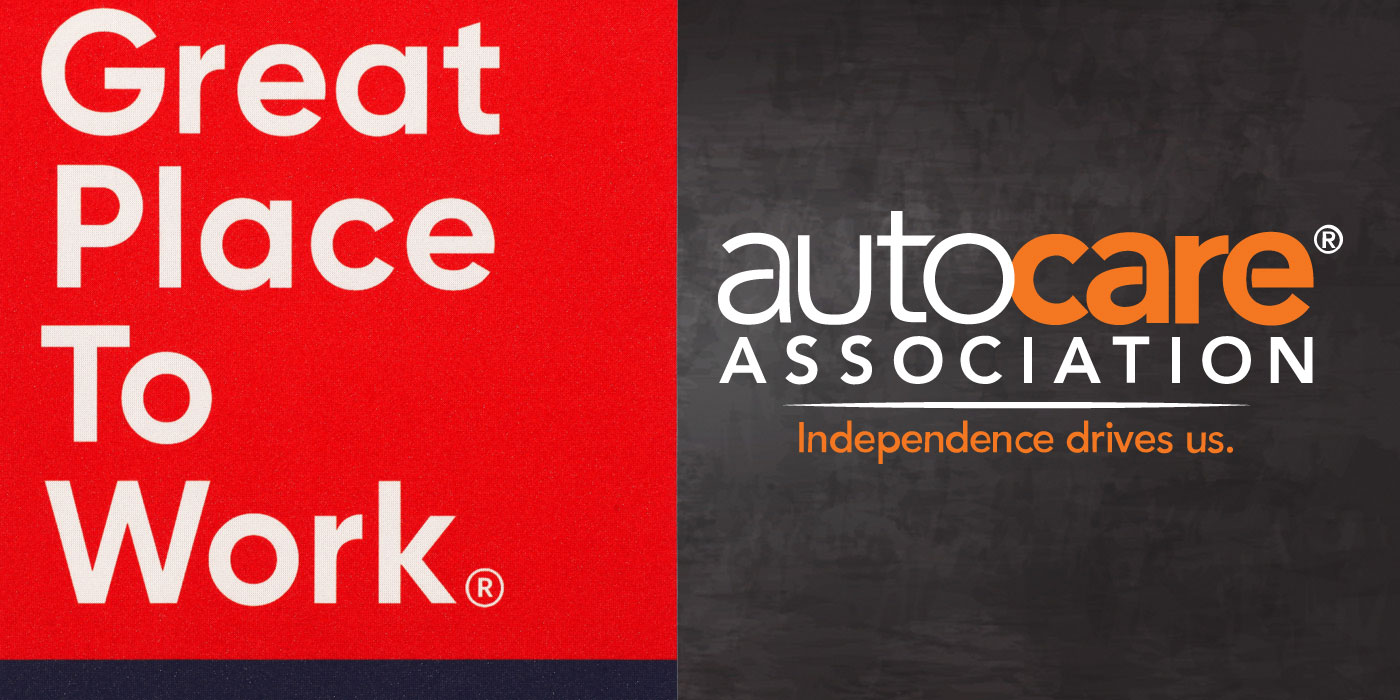By Kristin DeBates, Automotive Marketing Manager, UPS
 The online retail market for automotive parts and accessories continues to emerge as a tremendous growth opportunity for the aftermarket parts industry. While estimated sales volumes of the online auto parts industry vary, estimates range from $2 billion to $4 billion annually.
The online retail market for automotive parts and accessories continues to emerge as a tremendous growth opportunity for the aftermarket parts industry. While estimated sales volumes of the online auto parts industry vary, estimates range from $2 billion to $4 billion annually.
The 2012 Specialty Equipment Manufacturing Association’s Annual Market Report found that consumers cited online retail as the second most-popular outlet for purchasing automotive parts and accessories with 24.5 percent of respondents reporting they primarily purchase automotive parts from online retailers. The online retailers ranged from online auction sites and chain auto parts online stores to online-only retailers.
It is clear that the popularity and potential for online retailing of automotive parts serves as a growth opportunity for the industry. While the idea of changing business models to include e-commerce might seem daunting to some suppliers and retailers, the benefits can be reduced costs, increased sales, improved customer service and ultimately, loyalty.
 Before you accelerate towards e-commerce
Before you accelerate towards e-commerce
Making the decision to embrace e-commerce is one thing, but before moving forward, it’s important to understand all of the factors that will influence this decision. Embracing
e-commerce is much more than putting up an online storefront. It’s changing your business and sales model, your channel relationships, your supply chain and quite possibly your company vision and culture. Consider these important factors as you explore the e-commerce option for your business.
•Channel considerations: Adopting e-commerce is likely to have significant impacts on your channel strategy as well as your relationships with existing channel partners. Suppliers should map out what their channel strategy looks like today and how this will change when factoring in e-commerce. There are best practices for taking advantage of e-commerce while still keeping distributor and retailer networks happy. Should you move less profitable customers online? Do you offer a different brand for your online customers? What additional eCommerce sites will you leverage to drive sales? Early and constant communication of these strategies with valuable distribution partners will go a long way in maintaining relationships while developing an e-commerce channel.
 •Inventory management: Inventory management was considered a difficult task long before companies were adding e-commerce to their business models and it only becomes more challenging with the addition of this new sales channel. Decisions such as where to store inventory and how much inventory should be kept on hand to fulfill e-commerce customer expectations of faster order turn-around are hard to make without a detailed picture of what your new sales channels and levels of demand will look like. You should first take stock in what current customer expectations are and how potential competitors are serving the market today. This information can assist in developing your fulfillment model to meet or exceed customer expectations.
•Inventory management: Inventory management was considered a difficult task long before companies were adding e-commerce to their business models and it only becomes more challenging with the addition of this new sales channel. Decisions such as where to store inventory and how much inventory should be kept on hand to fulfill e-commerce customer expectations of faster order turn-around are hard to make without a detailed picture of what your new sales channels and levels of demand will look like. You should first take stock in what current customer expectations are and how potential competitors are serving the market today. This information can assist in developing your fulfillment model to meet or exceed customer expectations.
•Supply Chain: Adding a new and unfamiliar channel to your supply chain can cause unpredictable variables to increase exponentially. Will e-commerce increase the amount of inventory and warehouse space you need or decrease it? Will it change your customer base and, therefore, require changes to your distribution network? Your offering will now be visible to overseas markets, but are you ready to export? These are just a few of the many questions to ask and answer to make digital commerce work for both you and your customers. If you’re not sure where to start when it comes to addressing these questions, consider partnering with a demand planning or supply chain expert as you adopt an e-commerce platform.
•The customer experience: Never before has the notion of the customer experience been more important than it is today. Customers are driving the supply chain and the companies that provide the best experience are more likely to benefit from repeat business. A 2012 study of online shoppers by comScore and commissioned by UPS found that the most important factors driving today’s online shoppers were the ability to control deliveries and the opportunity for increased visibility over their shipments. Respondents also cited the ability to pick from a range of delivery options and easy returns processes as key to the ecommerce experience. Companies adopting e-commerce platforms should keep in mind that the length of the online customer experience extends beyond the purchase and into delivery and even the returns process.
Before you do anything, it’s important to conduct an in-depth analysis of your business, your sales channels and your supply chain as a whole to ensure that you are set up to capitalize on e-commerce adoption. Some third-party logistics providers can help you with these discussions, especially providers with expertise in the automotive aftermarket field. Engaging professionals not only will help you to get started on the right foot, but can reduce the risk of negative customer experiences that could damage your brand. Perhaps most importantly, they can help you to begin to take advantage of this key growth market sooner rather than later.








